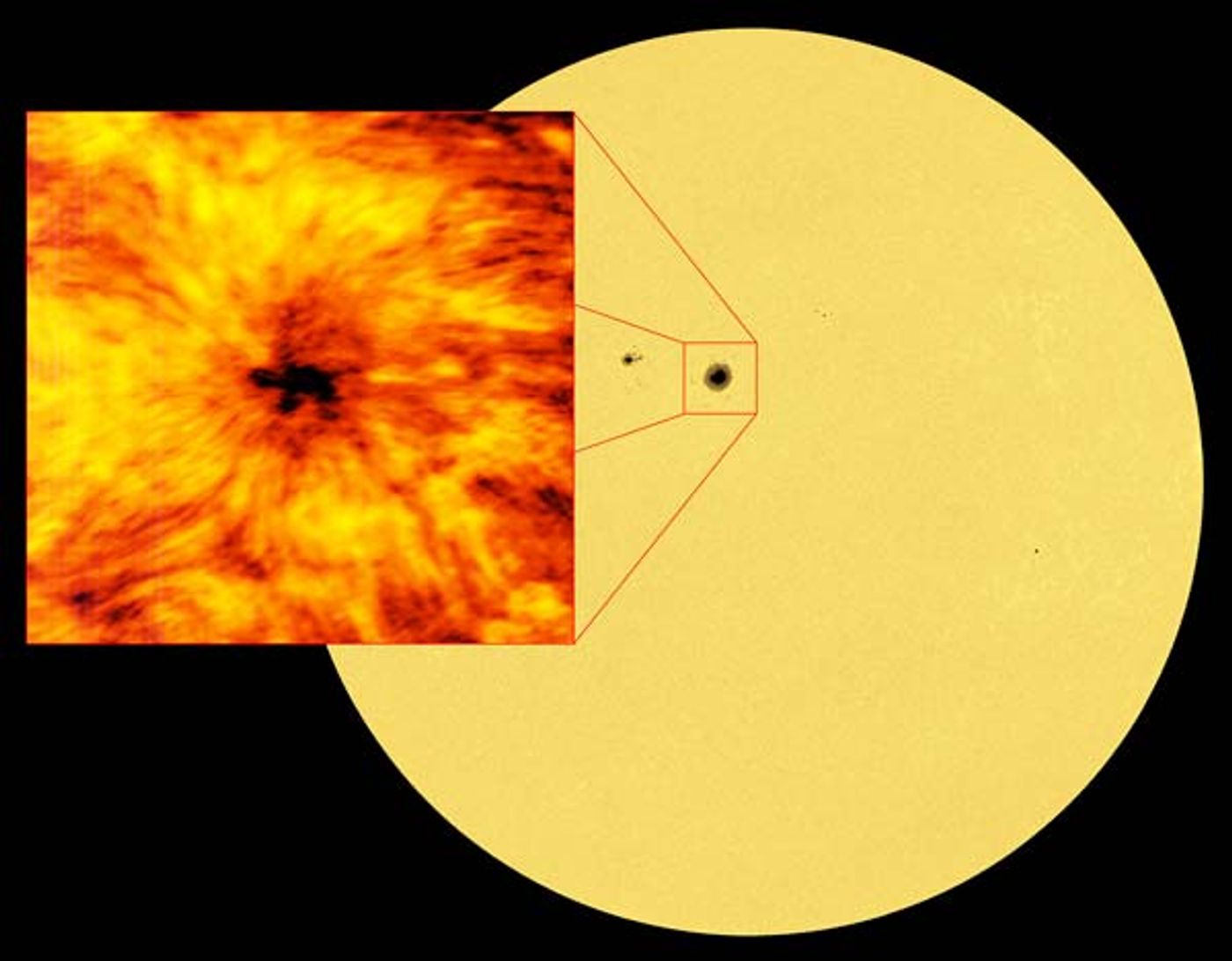ALMA Observes the Sun in a New Light
The Sun is the closest star that we can observe; unfortunately, it’s so bright that we can’t look directly at it, and that’s why we rely on special equipment to observe it.
Image Credit: NASA
One of the ways we can do that is with the many space observation stations we launch into space and the observation centers we build right here on the surface of the earth, and one of the latter options available to astronomers is the Atacama Large Millimeter/submillimeter Array ALMA.
ALMA is an array of smaller radio dishes that span a large plot of land in a desert in Chile. They work together to act like one giant radio dish that would be 10 miles in diameter, and with this large array, we can get very detailed imagery in invisible light wavelengths.
While ALMA has normally been used to peer into the deepest crevices of space to learn more about the dim and distant galaxies and stars out there, it has also proven to be quite useful in observing even our own Sun, since we normally don’t get to look at the Sun with invisible light wavelengths.
“We’re accustomed to seeing how our Sun appears in visible light, but that can only tell us so much about the dynamic surface and energetic atmosphere of our nearest star,” Tim Bastian, an astronomer with the National Radio Astronomy Observatory, said in a statement.
“To fully understand the Sun, we need to study it across the entire electromagnetic spectrum, including the millimeter and submillimeter portion that ALMA can observe.”
Astronomers recently utilized ALMA’s incredible observation capabilities to image the Sun’s chromosphere, which has given astronomers a glance at what appears to be a sunspot that’s more than twice the size of the diameter of the Earth.
Image Credit: NASA
According to a statement by ALMA, this image was captured on December 18th, 2015 with the array’s Band 6 receiver at a wavelength of 1.25 millimeters
Of course, scientists had to tweak ALMA’s output a little bit to not only protect the array’s sensitive electronics from damage, but also to make sure the image output would be useful. Since ALMA was originally built to study dim and distant objects, both of which the Sun is not, data would normally yield over-exposed imagery. This problem has since been overcome.
Sun spots are not really black, but they appear black in images because they’re so much cooler in comparison to other parts of the star.
Perhaps the most important new understanding, as a result of ALMA’s observations, is that we can expand on what we’re already using to observe the Sun to help confirm certain types of data from one instrument to another. ALMA uses longer wavelengths than many of the other observation techniques used by other solar telescopes, so it provides a new window to look out of.
It looks as though ALMA will be joining in on solar observations for years to come, despite originally being designed for other purposes. Soon, international astronomers will be able to use ALMA to study the Sun and more.
Source: ALMA










